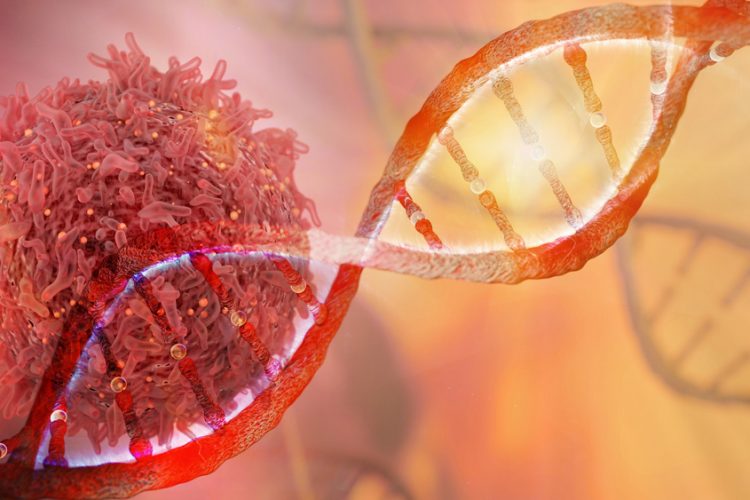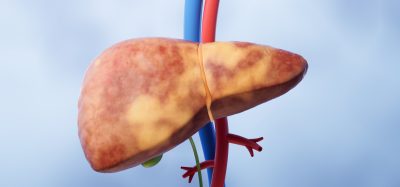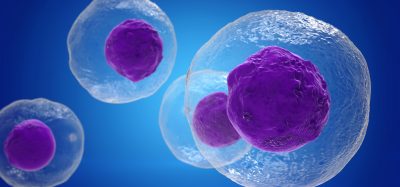Researchers investigate gene network to identify “cancer driver genes”
Posted: 14 December 2021 | Anna Begley (Drug Target Review) | No comments yet
The new study looked at the network of gene-gene interactions associated with cancer onset and progression to identify therapeutic targets.


A team at the Georgia Institute of Technology, US, have found that an important class of genetic changes in cancer patients may be happening in places where scientists do not normally look: the network of gene-gene interactions associated with cancer onset and progression. Their discovery may uncover new targets for gene therapies.
NEWS: Groundbreaking gene-editing method creates single-sex mice litters
Cancer chemotherapy has undergone a paradigm shift in recent years with traditional treatments such as broad-spectrum cytotoxic agents being complemented or replaced by drugs that target specific genes believed to drive the onset and progression of the disease. This more personalised approach to chemotherapy became possible when genomic profiling of individual patient tumours led researchers to identify specific “cancer driver genes” that led to the onset and development of cancer.
Currently, the identification of potential targets for gene therapy relies almost exclusively on genomic analyses of tumours that identify cancer driver genes that are significantly over-expressed. In this study, published in iScience, the team found that another important class of genetic changes may be happening in places where scientists do not normally look: the network of gene-gene interactions associated with cancer onset and progression. “Genes and the proteins they encode do not operate in isolation from one another,” McDonald explained. “Rather, they communicate with one another in a highly integrated network of interactions.”
Biomarkers aren’t just supporting drug discovery – they’re driving it
FREE market report
From smarter trials to faster insights, this report unpacks the science, strategy and real-world impact behind the next generation of precision therapies.
What you’ll unlock:
- How biomarkers are guiding dose selection and early efficacy decisions in complex trials
- Why multi-omics, liquid biopsy and digital tools are redefining the discovery process
- What makes lab data regulatory-ready and why alignment matters from day one
Explore how biomarkers are shaping early drug development
Access the full report – it’s free!
The researchers worked with samples of brain, thyroid, breast, lung adenocarcinoma, lung squamous cell carcinoma, skin, kidney, ovarian, and acute myeloid leukaemia cancers and they noticed differences in cell network structure for each of these cancers as they progressed from early to later stages.
They found that when early-stage cancers develop and stay confined to their body tissue of origin, there is a reduction in network complexity relative to normal pre-cursor cells. Meanwhile, normal, healthy cells go through a process of de-differentiation to a more primitive or stem cell-like state. “It is known from developmental biology that as cells transition from early embryonic stem cells to highly specialised fully differentiated cells, network complexity increases. What we see in the transition from normal to early-stage cancers is a reversal of this process,” McDonald added.
NEWS: Transformable nanoparticles promise advances in tumour treatments
Moreover, the team observed that, as the cancers progress to advanced stages, there is a re-establishment of high levels of network complexity, but the genes comprising the complex networks associated with advanced cancers are quite different from those comprising the complex networks associated with the precursor normal tissues.
“As cancers evolve in function, they are typically associated with changes in DNA structure, and/or with changes in the RNA expression of cancer driver genes,” McDonald continued. “Our results indicate that there is an important third class of changes going on — changes in gene interactions — and many of these changes are not detectable if all you are looking for are changes in gene expression.”
Related topics
Analytical Techniques, Drug Targets, Gene Therapy, Genetic Analysis, Genomics, Oncology, RNAs, Targets, Therapeutics
Related conditions
acute myeloid leukaemia, Brain cancer, Cancer, Kidney Cancer, Lung adenocarcinoma (LAUD), Lung cancer, lung squamous cell carcinoma, Ovarian cancer, Skin cancer, Thyroid cancer
Related organisations
Georgia Institute of Technology
Related people
John McDonald








